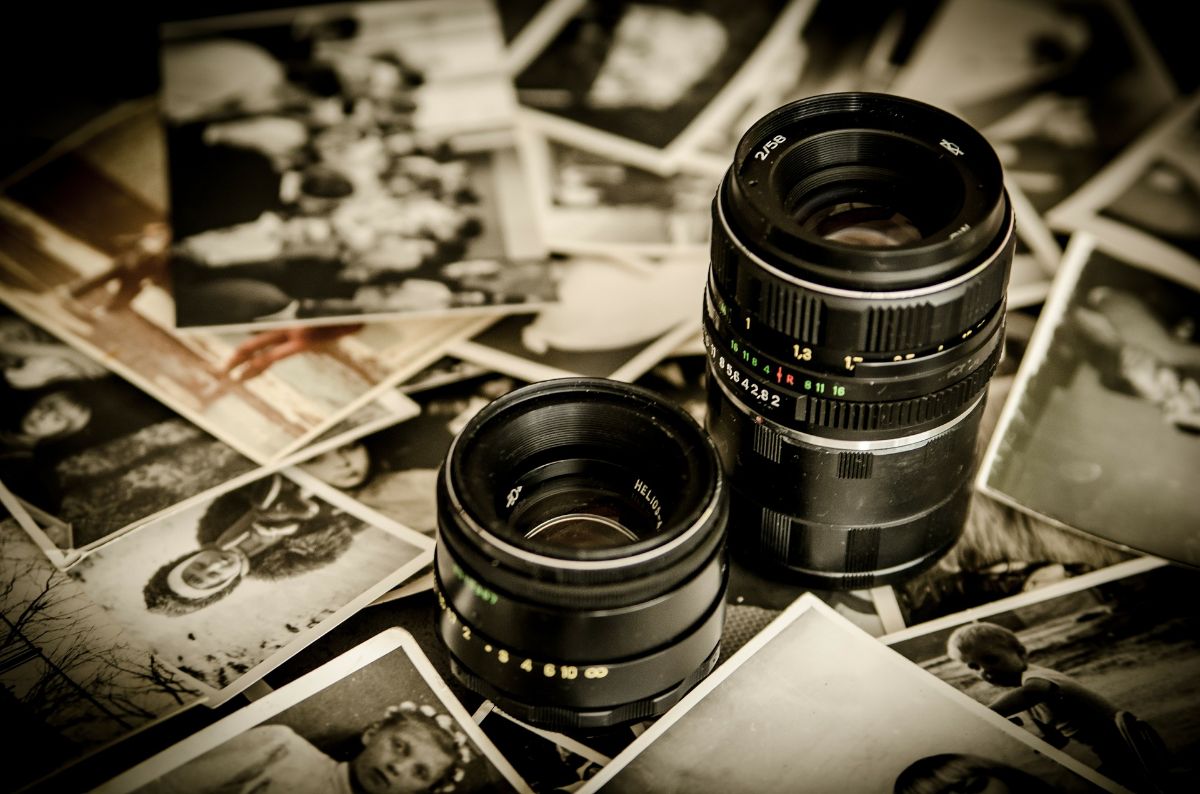
Years ago, one of the tasks when you came back from vacation, had a birthday, or was at the end of Christmas was to go to a photography store to develop the photos and see how they had turned out. Most of them were taken out to a standard size, that is, all in the same size. But with others you used to choose different sizes of photos to highlight them, well because you were going to frame them, hang them as a painting, etc.
Now this is still being done, although we no longer depend on film cameras, but digital ones, and both the development format and the photo sizes have varied. Do you want to know how much? Do not miss what we talk about next.
Development formats, how many are there?

The first thing you should know about photo development formats is that there are many different, and varied. These are closely related to paper photo formats, or what is the same, the size of photos. Thus, the revealed that you can find are:
Traditional format
It corresponds to a 3/2 ratio, known as silver photography. In this case, this 3/2 ratio translates as the width of the negative being two-thirds of its length.
Why is it said that it is the traditional one? Well, because it is the one that is used the most. Although for some time now, and with new technology, fewer and fewer dare to develop the photos they do on their mobile, and prefer to keep them on it, or transfer them to the computer, and see them on it.
Others, what they do is use devices such as digital photo frames as a picture, since they can be programmed so that, every x time, the photo changes without having to do it manually.
Digital photo format
Another one of the developing formats that is being used more and more is the one used for digital photos. At the beginning, these were conceived to be seen through the screen of the mobile, the computer or the television, but over time many have also wanted to have these photos on paper.
In this case, the ratio is 4/3, that is, the width is divided into 4 equal parts while the height is 3 parts.
When printing digital photos, keep in mind that the higher the resolution, the better the quality of the photos. We are talking about 300 dpi. The problem is that this can imply a greater weight in the photos, which, sometimes, is not supported by some devices.
Photo sizes, what are they?

When you think of photos, the normal thing is that, or you think about the ones you have on your mobile, but before the photos had a physical body, and most of them with a standard size, 10x15cm, which was the usual when you were going to develop them .
But, do you know that there are many more sizes of photos? These basically refer to the centimeters they can measure, both in width and in length. Any photo can be "printed" in different sizes, from the smallest to the largest.
How many photo sizes are there?
Listing all the photo sizes would be, not only boring, but complete chaos. In the end you would not know with so many numbers and you would end up choosing the ones that sound like you without really knowing if it is the best or not.
In general, we can tell you that the usual and most commonly used sizes are the following:
- 4 × 4 cm (card)
- 9x13 inch
- 10x14 inch
- 10 x 15 cm (this is perhaps the most common when developing photos, since it is postcard size)
- 11x15 inch
- 11x17 inch
- 13x17 inch
- 13x18 inch
- 13x20 inch
- 15x20 inch
- 18x24 inch
- 18x26 inch
- 20x25 inch
- 20x27 inch
- 20x30 inch
- 22x30 inch
- 24x30 inch
- 30x40 inch
- 30x45 inch
However, beyond these sizes there are more, although sometimes special printers are required that can carry out larger prints.
Do the resolution and megapixels affect the quality of the photos?
One of the great fears, especially a few years ago, was that cameras with few megapixels took worse photos than those with more. But the truth is that, despite the war that existed between manufacturers, the truth is that even the lowest resolution produced high-quality photos, even expanding.
Now, this does not mean that you can buy any low megapixel camera or mobile to get high quality photos.
You must first take into account what the resolution of a camera, which is the size that an image is capable of acquiring. For example, if the camera says 24MPx, it means that every image you take with it will have 24 million pixels. Therefore, the more you have, the better. Or not. This is where the photosensitive cells of the sensor come into play. These are the ones that take care of admitting more or less light levels, thus providing better photos.
What is the maximum size of photos to print?

Depending on the resolution of the image (reflected in pixels) as well as the resolution of the printer (reflected in dpi), there is a formula that allows you to know what is the maximum print size of a photograph.
In general, the ideal for graphic work is that the photo has a 300 dpi solution and, if it is a large format, that it is 600 dpi. The printers we have at home, the inkjet printers, almost always have a resolution of 300 dpi, which enables them to print photos.
The equation, so you can know what is the maximum size of photos to print, is the following:
Length (cm) Maximum size = 2,54 x number of dots (pixels) / dpi resolution
This is not to say that a larger image cannot be printed, but the quality of the image may deteriorate. And that is visually noticeable, which will make it appear more blurry or even the colors will not be distinguished well.
Are the development format and photo size issues clearer to you?